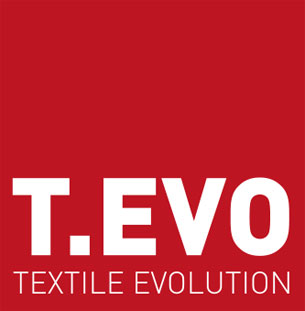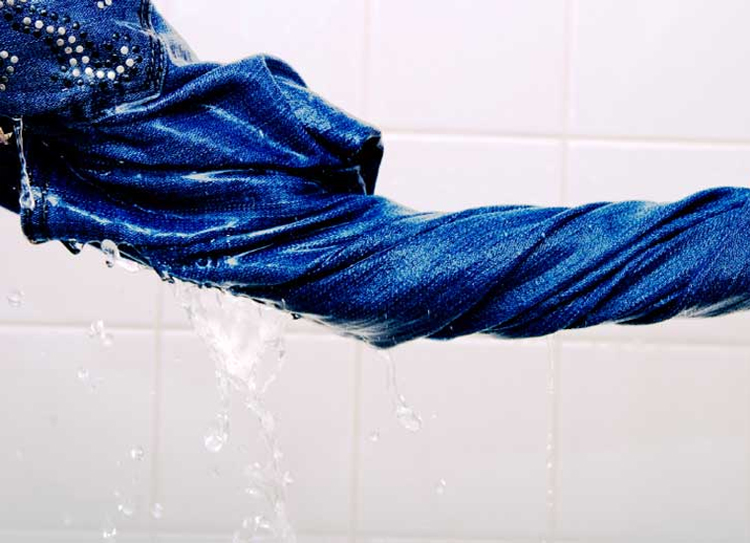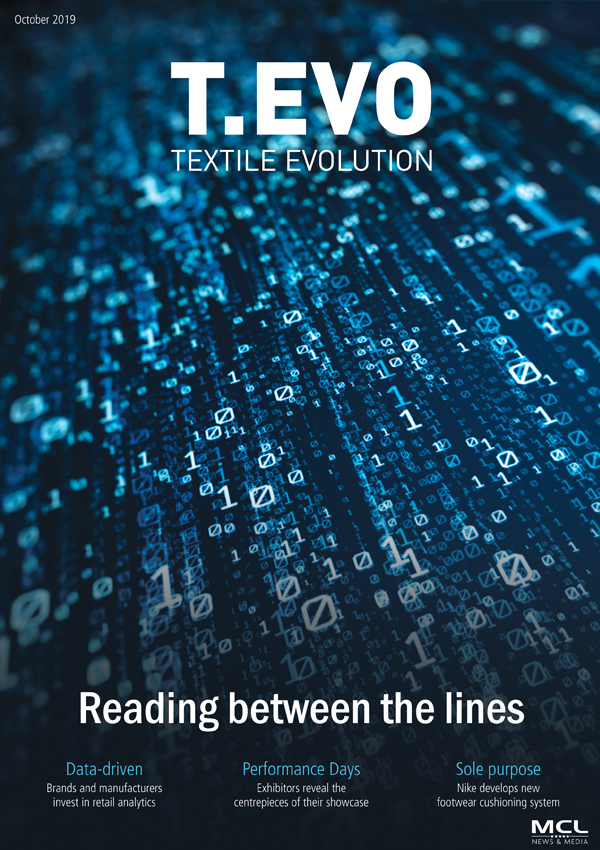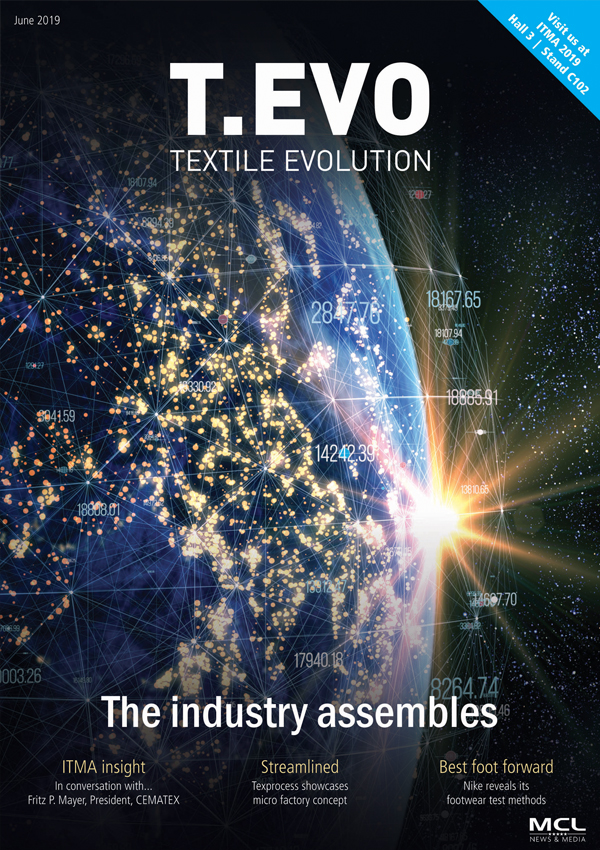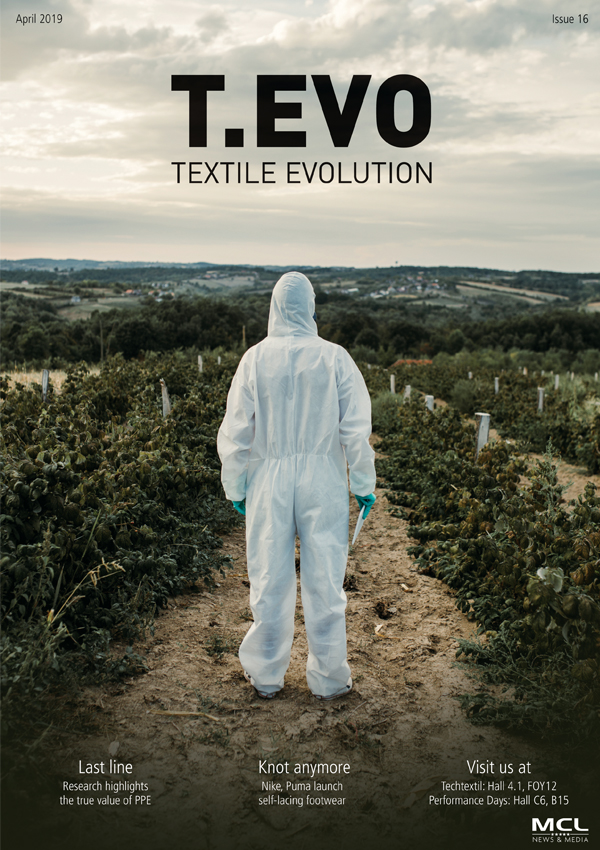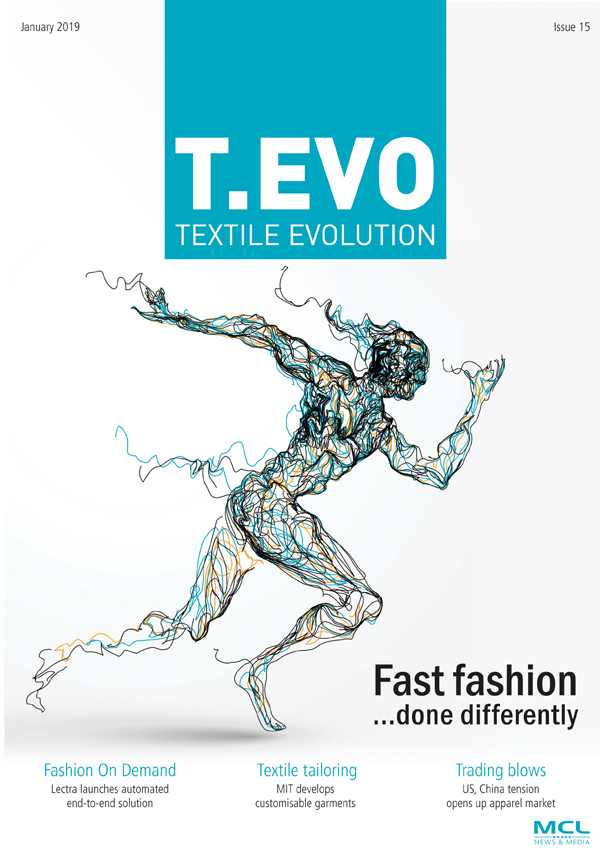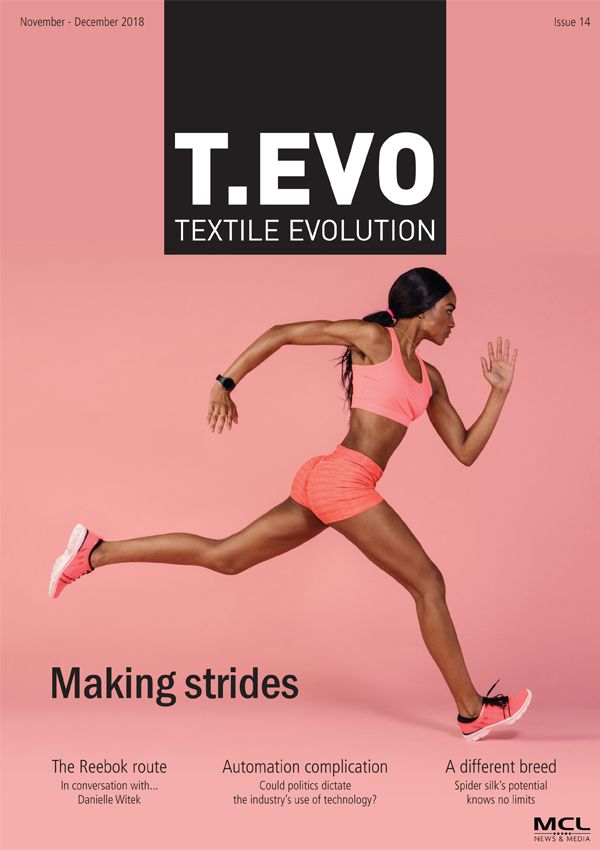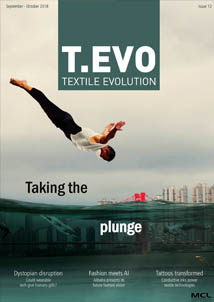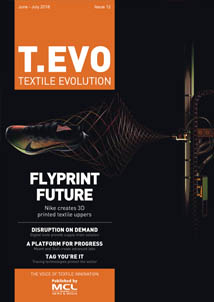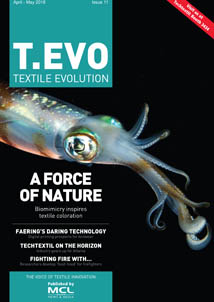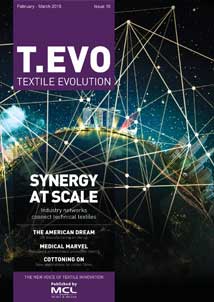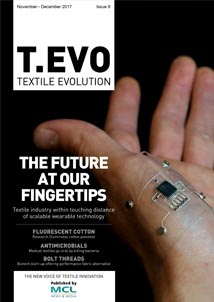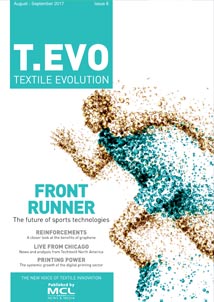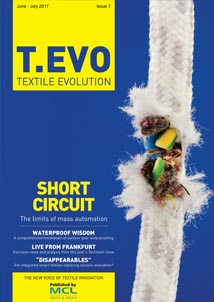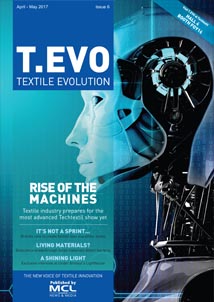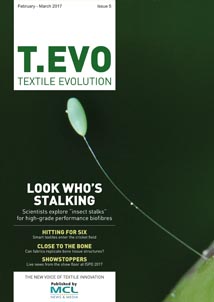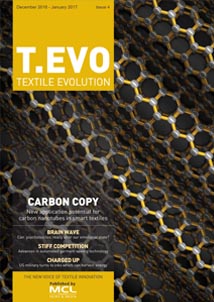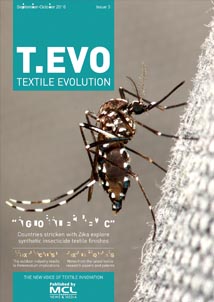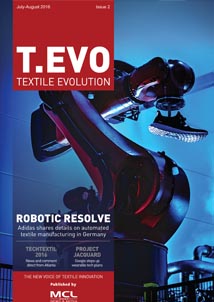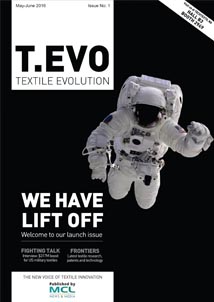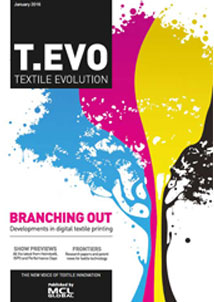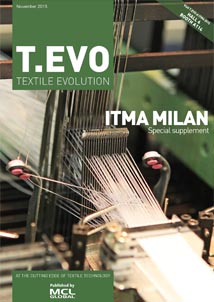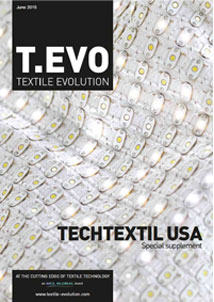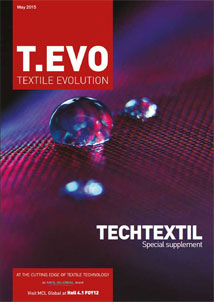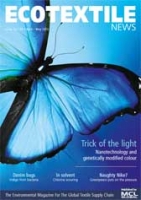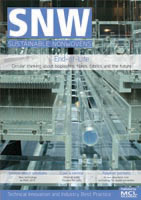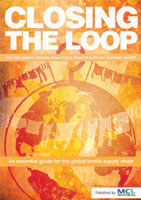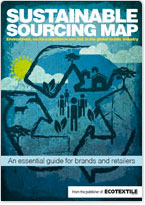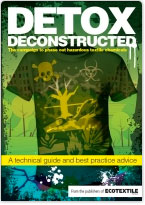New dyeing and finishing innovations have traditionally been kept under wraps until being launched with a fanfare at a show – sometimes it has been evolution, for example the trend to lower liquor ratio dyeing machines, and sometimes it has been more revolutionary, such as the rapid of digital inkjet printing for textiles. However, there is now no timetable for innovation in textile dyeing as the industry moves rapidly towards a more sustainable future.
Some textile machinery companies have recently introduced brand new commercial options for concepts such as CO2 dyeing (Dyecoo) and others have looked recently at improvements in the cationised dyeing process, but most have focused on launching new textile machines that can be retrofitted into existing textile dye house set-ups.
The 1990’s saw the emergence of innovations to improve textile quality such as low lift, soft-flow dyeing machines and also major developments on control systems to ensure dyeing processes were carried out more consistently than ever before.
The introduction of sophisticated systems for dosing chemicals with great accuracy, heating and cooling machines to within a fraction of a degree of a pre-programmed profile and control of specific gravity and pH, enabled textile dyers to achieve unprecedented levels of right-first-time dyeing.
The need for good dye and chemical storage and accurate dispensing also saw a large rise in the number of systems available to the dyer and printer, ranging from high-cost fully automated machines to lower cost check-weigh apparatus.
Drying machines such as relax driers and stenters were also supplied with an array of control systems to allow the finisher to confidently manage bow, skew, weight, width, moisture levels and fabric ‘basics’ to previously unachievable levels of consistency. The improved controls and development of customisable pad mangles also enabled finishers to apply and cure resins and performance finishes with hitherto unimaginable levels of confidence.
Fabric finishing moved from relatively simple methods of drying fabric to interesting, innovative methods of surface modification – companies such as Lafer and Mario Crosta led the way with a range of brushing and sueding machines, Biancalani developed fabric tumblers and, as technical textiles became more prominent, coating and lamination machines became more mainstream.
The main driving forces for most of the pre-2000 developments were better quality, better consistency, lower cost production and the need for new, innovative products. The aim of the machinery manufacturers was largely to enable dyers to make more product, more consistently and more profitably – and their marketing reflected this.
Of course all the developments to reduce water, energy and chemical use had benefits for the environment but ‘The Environment’ didn’t really become an issue in its own right until the turn of the century, since when it has been THE big story in the dyeing and finishing industry.
